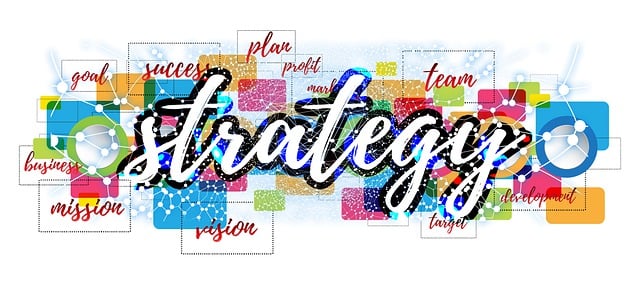Designing effective coaching avatars for AI-powered obstacle courses involves balancing user experience and psychology. These avatars, powered by AI algorithms, adapt to individual learning styles and performance levels, providing tailored guidance, real-time feedback, and dynamic difficulty adjustments. By incorporating realistic facial expressions, gestures, and personalized dialogue, they foster a sense of companionship and motivation. This human-like approach enhances engagement and learning outcomes, acting as emotional supporters and encouragers, thereby revolutionizing AI obstacle course progression guidance.
“Revolutionize your workout routine with Realistic Avatars: The Future of Motivational Coaching. This article explores how designing relatable and human-like AI avatars, equipped with advanced Progression Guidance algorithms, can deliver personalized coaching cues for optimal fitness outcomes. From strategic avatar design to the implementation of AI in tracking progress, we delve into the impact and potential challenges of this innovative approach, particularly in the context of an AI obstacle course progression guidance.”
- Designing Avatars for Effective Coaching
- – The role of design in creating relatable and motivating avatars
- – Incorporating human-like qualities and emotions in AI avatars
Designing Avatars for Effective Coaching

Designing avatars that deliver effective coaching cues requires careful consideration of user experience and psychological factors. Avatars should be designed to provide realistic, engaging, and motivational interactions that guide users through an AI-powered obstacle course. Incorporating elements like facial expressions, gestures, and personalized dialogue can significantly enhance the user’s connection with the avatar, fostering a sense of companionship and motivation during their progression.
For optimal coaching, avatars need to adapt to individual learning styles and performance levels. By leveraging AI algorithms, avatars can offer tailored guidance, adjust difficulty levels on-the-fly, and provide constructive feedback in real-time. This dynamic approach ensures that users receive the necessary support to overcome challenges effectively, ultimately contributing to their success in navigating complex obstacle courses.
– The role of design in creating relatable and motivating avatars

The design of realistic avatars plays a pivotal role in delivering effective motivational coaching cues within an AI-driven obstacle course. Avatars that resonate with users foster a sense of connection and engagement, making the learning experience more enjoyable and impactful. This involves crafting not just visually appealing characters but also those that exhibit nuanced behaviors and emotional intelligence. By incorporating dynamic gestures, expressive facial animations, and personalized speech patterns, avatars can convey encouragement, provide constructive feedback, and celebrate achievements, all while adapting to the user’s progress through the course.
Such design considerations are crucial for aligning the avatar’s guidance with the user’s needs at every stage of their obstacle course progression. Whether offering motivation during a challenging level or congratulating them on completing a particularly tricky obstacle, the avatar’s role extends beyond mere representation. It becomes an integral part of the coaching process, leveraging the power of human-like interactions to enhance learning outcomes and drive users towards their goals with renewed enthusiasm and determination.
– Incorporating human-like qualities and emotions in AI avatars

Incorporating human-like qualities and emotions into AI avatars is a game-changer in the realm of motivational coaching, particularly when it comes to navigating complex tasks like an obstacle course. These avatars can provide guidance that goes beyond mere instructions; they offer emotional support and encouragement, mimicking the experience of having a personal coach by your side. By integrating advanced AI technologies, avatars can sense a user’s frustration or excitement, responding with tailored words of motivation to enhance their performance and maintain their focus.
This humanization of AI coaching cues significantly improves engagement and adherence during challenging activities. For instance, in an AI obstacle course progression guidance system, an avatar that detects a user’s struggle with a particular obstacle might offer a reassuring message like, “You’re doing great! Let’s take a moment to adjust your strategy.” Such interactive elements make the experience more immersive and motivating, encouraging users to persist through obstacles and ultimately achieve their goals.
Realistic, well-designed avatars have the potential to revolutionize how we receive coaching, especially in digital environments. By leveraging AI technologies, these avatars can provide personalized and engaging motivation, mimicking human-like interactions. This approach, particularly useful for navigating an AI obstacle course or any complex learning progression, ensures that users feel supported and inspired throughout their journey. With ongoing advancements in avatar design, we can expect more effective and accessible guidance, making the process of overcoming challenges and achieving goals that much smoother.
